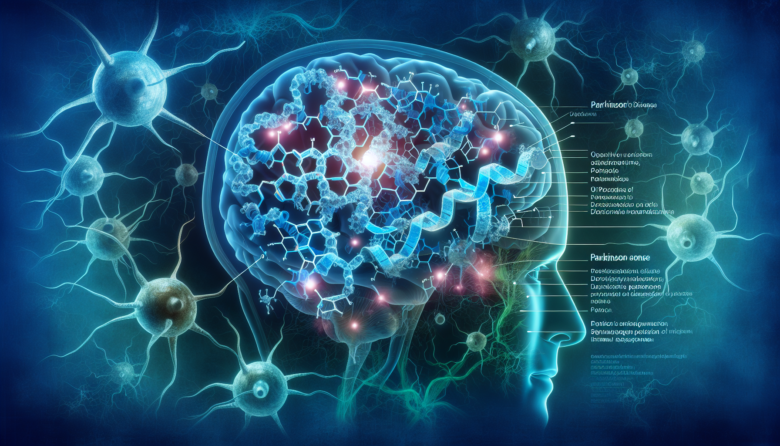
Key Protein Malfunction Linked to Parkinson’s Unravelled by Scientists
Introduction to Parkinson’s Disease
Parkinson’s disease is a progressive neurodegenerative disorder that primarily affects movement. It is characterized by symptoms such as tremors, stiffness, and difficulty with balance and coordination. Affecting millions worldwide, this condition results from the degeneration of dopamine-producing neurons in the brain. Current treatments mainly alleviate symptoms but do not stop the disease’s progression. Recent research has brought to light a key protein malfunction that may provide insights into the underlying mechanisms of Parkinson’s disease, offering potential new avenues for therapeutic intervention.
The Role of Alpha-Synuclein Protein
One of the most critical proteins implicated in Parkinson’s disease is alpha-synuclein. This protein is abundant in the brain and is believed to play a crucial role in synaptic function. However, when alpha-synuclein becomes misfolded, it can lead to the formation of toxic aggregates known as Lewy bodies, which are a hallmark of Parkinson’s disease.
Recent Discoveries
Researchers recently unveiled how specific malfunctions in alpha-synuclein contribute to the onset of Parkinson’s disease. This groundbreaking study has provided new insights into:
- Protein Folding Disorders: The misfolding of alpha-synuclein protein can result from genetic mutations and environmental factors, leading to pathological aggregation.
- Cellular Mechanisms: The study identified how the aggregation of this protein disrupts neuronal function and contributes to cell death.
- Potential Therapeutic Targets: Understanding the specific mechanisms of alpha-synuclein malfunction opens doors for developing targeted treatments.
Mechanism of Alpha-Synuclein Malfunction
The research indicates that malfunctioning alpha-synuclein impacts the normal proteostasis and functioning of neurons. Protostasis refers to the cellular balance of protein synthesis and degradation. Here’s how malfunctions occur:
- Aggregation: When alpha-synuclein misfolds, it forms aggregates that can be toxic to cells. This aggregation hampers neuronal communication.
- Neuroinflammation: The presence of aggregated alpha-synuclein can trigger inflammatory responses in the brain, further worsening neuronal damage.
- Impaired Autophagy: Elevated levels of misfolded alpha-synuclein can inhibit the autophagic process, a mechanism cells use to remove damaged proteins.
Significance of the Findings
The recent discoveries regarding alpha-synuclein protein malfunctions represent a significant advancement towards understanding Parkinson’s disease at a molecular level. The implications of this study are manifold:
- Early Diagnosis: Identifying biomarkers related to alpha-synuclein malfunction could allow for earlier diagnosis and intervention in Parkinson’s patients.
- Drug Development: Insights gained from this research could guide the design of novel therapeutics that specifically target alpha-synuclein aggregation.
- Personalized Medicine: Understanding an individual’s unique genetic and environmental risk factors could lead to more personalized treatment plans.
Future Research Directions
The discoveries surrounding the malfunctions of alpha-synuclein protein do not only enhance our understanding but also raise important questions for future research. Potential areas of exploration include:
- Mechanistic Studies: Further investigation into how alpha-synuclein aggregation induces neurotoxicity will be critical.
- Therapeutic Screening: There is a need to evaluate existing drugs for their ability to impact alpha-synuclein behavior.
- Combined Approaches: Research into combination therapies that address multiple pathways involved in Parkinson’s, including alpha-synuclein aggregation and neuroinflammation.
Conclusion
The recent uncovering of how malfunctions in the alpha-synuclein protein contribute to Parkinson’s disease significantly enhances our understanding of this complex disorder. As researchers continue to decode the intricacies of protein behavior and malfunction, the potential to develop effective therapies increases. For individuals and families affected by Parkinson’s, such breakthroughs offer hope for a future characterized by better management of the disease and, potentially, breakthrough treatments that could halt its progression.
While much work remains to be done, the scientific community’s commitment to understanding and addressing the root causes of Parkinson’s disease represents a vital step forward in the


